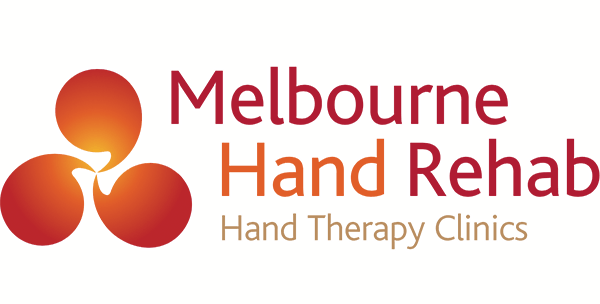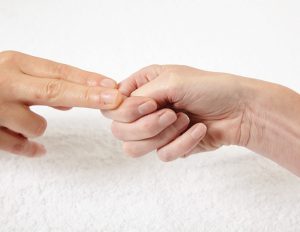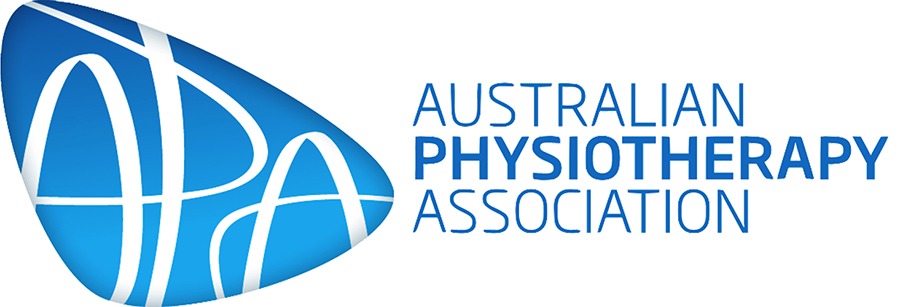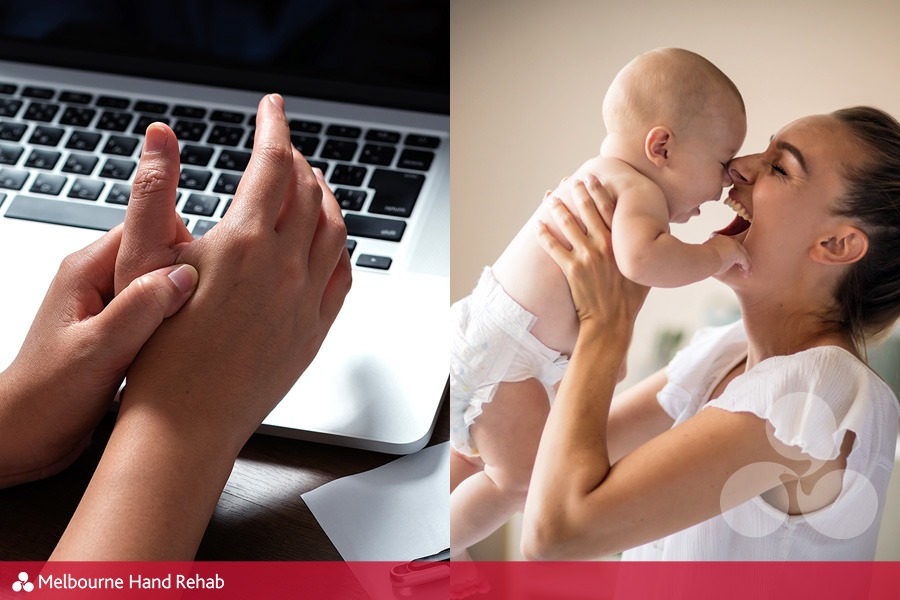
30 Mar What is DeQuervain’s?
What causes DeQuervain’s Tenosynovitis and how hand therapy can help
Hand therapy is an area of advanced practice for physiotherapists and occupational therapists. Practitioners of hand therapy have additional training which gives them a special understanding of the complex functioning of the wrist and hand. When experiencing any kind of pain, but particularly in the hand or wrist, it is important to seek a diagnosis to avoid making the symptoms worse.
Common symptoms for DeQuervain’s include:
- Soreness of the forearm, near the wrist
- Pain in the wrist and thumb
- Burning sensation in the hand
- Swelling near the base of the thumb
- Difficulty moving the thumb and wrist when doing something that involves grasping or pinching
The following is an extract from APA: Choose Physio, a valuable information resource of which the clinical content (hand, wrist, finger) was written by Melbourne Hand Rehab Director and Physiotherapist, Karen Fitt.
What is DeQuervain’s?
DeQuervain’s is pain on the thumb side of the wrist, about where a watch would rest. It is associated with movement of the wrist or thumb. You will normally notice the pain when you lift up a baby, reach out to grab something with an open thumb or lift the thumb up and down repeatedly.
You can also notice pain in positions where your wrist is bent forward and towards the little finger side of your hand. Side-to-side movement of the wrist is another common movement that will cause symptoms. The pain will be even worse if you are holding something heavy or doing something requiring force.
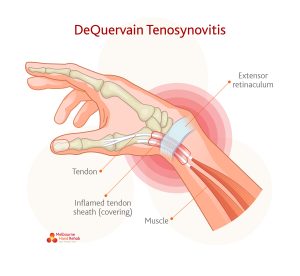
What causes DeQuervain’s?
 DeQuervain’s is very common in new parents. This is due to holding and lifting a new baby with the thumbs up, combined with an up-and-down movement at the wrist and holding their baby on their hip for sustained periods. DeQuervain’s is also common in work that requires strong or repetitive thumb and wrist movements. Direct trauma such as falling on your wrist or thumb, a sudden twisting force in the area or a direct blow to the side of the wrist can also cause DeQuervain’s.
DeQuervain’s is very common in new parents. This is due to holding and lifting a new baby with the thumbs up, combined with an up-and-down movement at the wrist and holding their baby on their hip for sustained periods. DeQuervain’s is also common in work that requires strong or repetitive thumb and wrist movements. Direct trauma such as falling on your wrist or thumb, a sudden twisting force in the area or a direct blow to the side of the wrist can also cause DeQuervain’s.
You can easily see the tendons affected by DeQuervain’s when you do a thumbs-up sign with your hand. These tendons help to lift the thumb up and out. They’re held down onto the bone at the level of the wrist by a strong pulley, or sheath. The pain of DeQuervain’s is due to a thickening of the sheath, which causes a tightening over or compression of the tendons, and sometimes swelling in the area. This makes movement of the tendon painful.
How do I know if I have DeQuervain’s?
DeQuervain’s will often become apparent due to pain and swelling over the thumb side of the wrist. The pain will sometimes travel down into the thumb or up into the forearm.
If lifting your thumb is difficult or painful, or if bending it down towards your little finger hurts, you could have DeQuervain’s. Other conditions that occur around this area may have similar symptoms, but different causes and treatment. Your physiotherapist or hand therapist will help you to diagnose this.
If the swelling is large enough, you might feel sensations of clicking, flicking, catching or locking in your wrist. Sometimes these are pain-free and are the only sign of DeQuervain’s that you’ve noticed.
A physical examination of the area is the first step in assessing DeQuervain’s Tenosynovitis. From here, your hand therapy practitioner will probably conduct specialised tendon testing.
How hand therapy can help
Splinting
Your hand therapist will make you a splint to greatly reduce the movement of the thumb tendons. This splint will need to hold the wrist and part of the thumb still, but you will still be able to do everything you need to do with the splint on. The splint will be required for up to six weeks.
Education on activity modification
Simple adjustments to your activities can be very helpful, like changing the wrist and thumb position you use when you’re lifting things or avoiding static holding positions of the thumb and wrist that are painful. There are many things your hand therapist can show you that will reduce the pain.
Exercises
Rehabilitation exercises of the thumb tendons will help reduce the pain and also strengthen the area. Regular exercises are known to be a vital part of treatment and are important to help prevent a recurrence of the condition. Generalised strengthening of the shoulders and elbows can also place less load at your wrist, helping long-term recovery.
Massage and other soft tissue techniques
Soft tissue techniques to relax the muscles may be incorporated into treatment sessions with your hand therapist to help reduce the tension in the muscle/tendon unit. This can help the other treatments outlined here.
Recovery
People with DeQuervain’s can expect a full recovery most of the time, especially with splinting and activity modification. The treatments listed above may need to be combined with a cortisone injection from a doctor or specialist for full recovery. In a small number of cases, splinting and cortisone will not be enough to fully resolve the symptoms and surgery may be needed to release the tendon sheath.
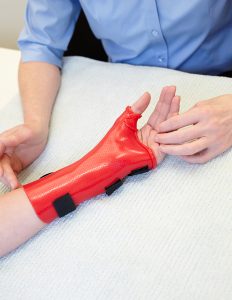
Treatment for de Quervain’s Tenosynovitis includes: Splinting, avoiding aggravation to reduce inflammation, and education around avoiding sideways movements of the wrist and thumb
How long until I feel better?
You will be able to do a lot more with reduced pain as soon as you are fitted with the right splint.
Your recovery time will depend on the severity of your DeQuervain’s and how long you have had it before seeking treatment. Splints will be needed for 2–6 weeks, followed by a period of rehabilitation to regain full movement and strength of the tendons.
To find out more, visit:
APA Choose Physio > DeQuervain’s
If you are experiencing hand or wrist pain, don’t hesitate to get in touch. We’d love to help you.
BOOK AN APPOINTMENT
For more information, call us directly on 03 9458 5166
